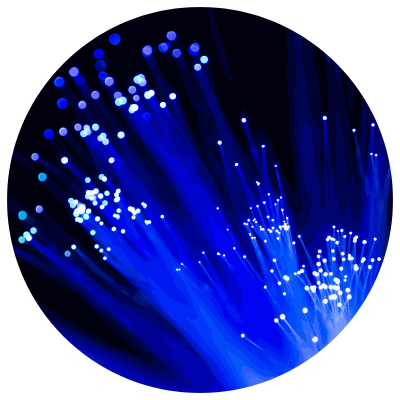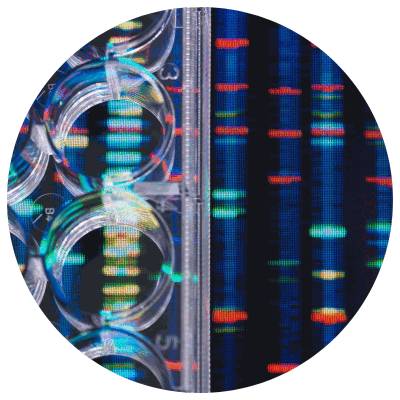Glow-in-the-dark proteins could aid in analyzing viral nucleic acids
April 05, 2023 | Biotechnology
RPA-LUNAS was able to successfully detect SARS-CoV-2 RNA within 20 minutes, even at low concentrations of 200 copies per microliter when tested on clinical samples obtained from nasal swabs. With these results, the LUNAS assay shows great potential for detecting other viruses effectively and easily.
Back To Top

